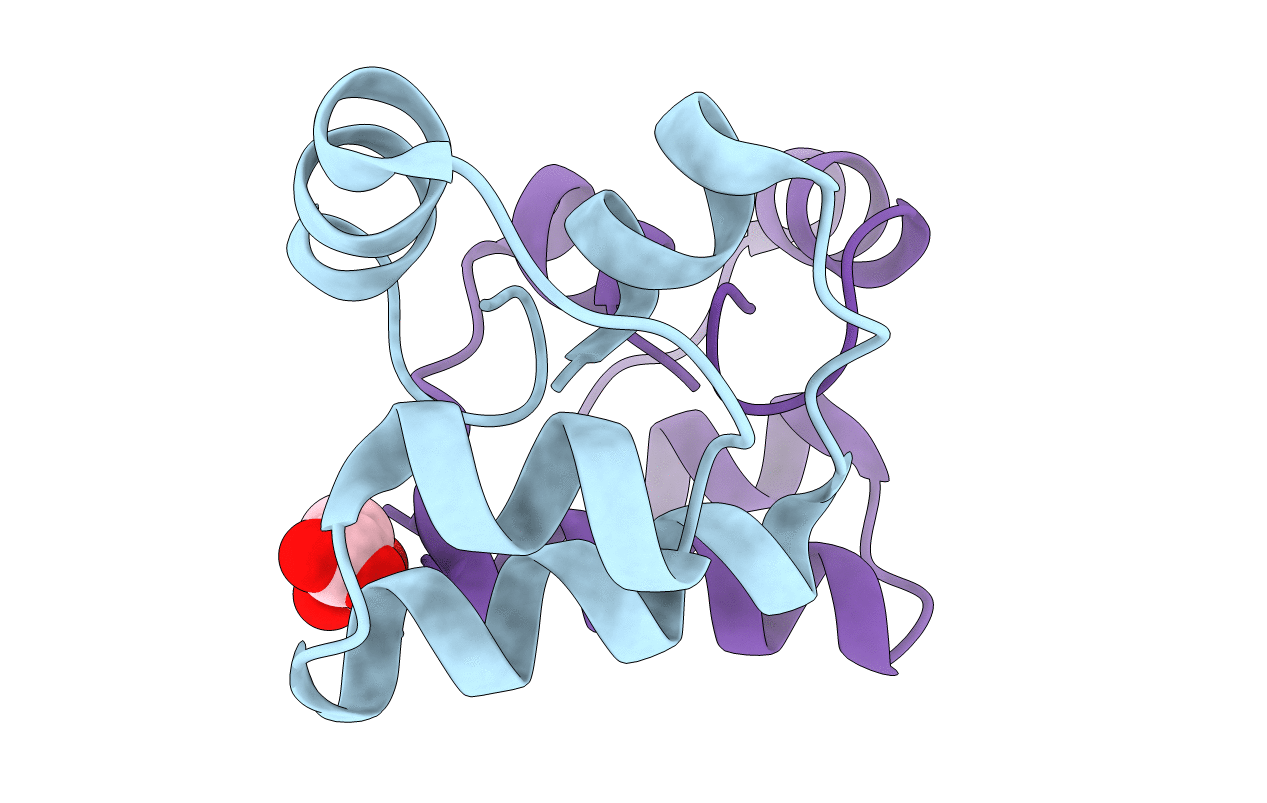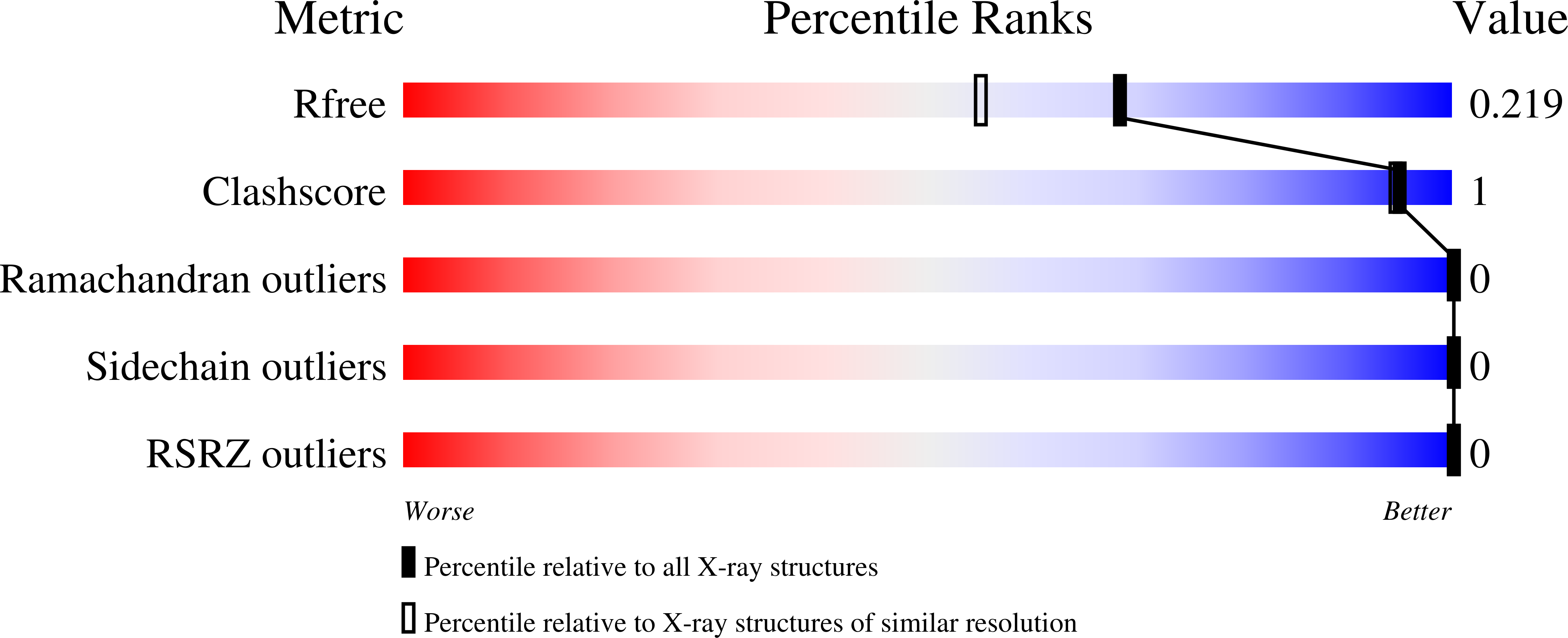
Deposition Date
2020-04-08
Release Date
2021-01-06
Last Version Date
2024-10-09
Method Details:
Experimental Method:
Resolution:
1.80 Å
R-Value Free:
0.21
R-Value Work:
0.16
R-Value Observed:
0.17
Space Group:
C 2 2 21


